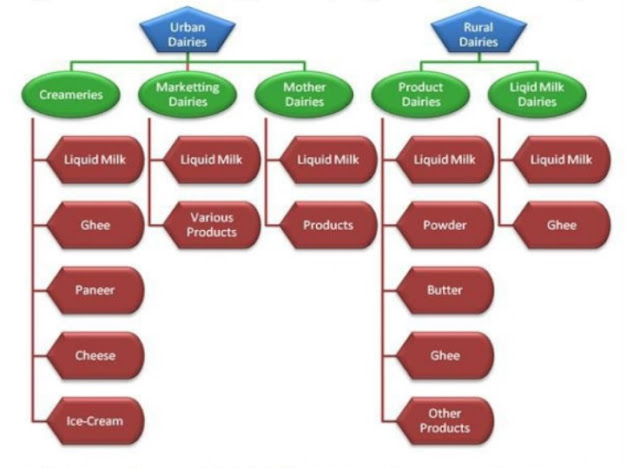Classification of Dairy Plants|Dairy Engineering|Technical Superintendent milma|Technical Superintendent Milk Marketing Federation Limited
Classification of Dairy Plants
Kerala PSC is conducting Exam of Technical Superintendent Milk Marketing Federation Limited(MILMA). The Milma Technical Superintendent Exam will be on 19 February 2020. All candidates need to give the confirmation before December 12. The study materials of technical superintendent Milma can be got from eee.bibimohanan.com, www.eeemadeeasy.com and video classes will be available in the YouTube Channel EEE Made Easy. You can follow the EEE Made Easy Telegram channel to get updates of the exam for the post of Technical Superintendent Milk Marketing Federation Limited.
Classification of Dairy Plants
The design and layout of the dairy plant depend much on the quantity of milk handled and the type of product made.
Some may need refrigerated conditions for the distribution of the product, while others may not need such a requirement.
Some of the products may not need daily delivery and need to be transported once a week or so.
There is a wide variation in the size and type of dairy plants.
classification of milk plants as per the type of organization and capacities
1. Government- Small, Medium, and Large
2. Cooperative -Small, Medium, and Large
3. Private -Small, Medium, and Large
classification of milk plants as per the location and type of products
The milk plants can be classified broadly into two groups –
· Liquid Milk Plant
This type of plant should be situated/located as close as possible to the consumer area i.e., generally in or on the outskirts of a large city or town. It supplies market milk in chilled condition in small retail packs.
· Product Milk Plant
Here, there is the production of products like cheese, butter, ice-creams, etc. which do not require daily distribution to the consumers.
So the plant should be located near the producing areas. The difference in the location areas of both plants results in the minimized transportation cost.
Milk plants can be classified based on their capacity also :
· Small Capacity Milk Plants
These are usually below 10,000 LPD and may need to load milk in road tankers and send them to larger dairies.
Very limited local sales of liquid milk could be possible, as these are essentially located in small towns.
· Medium Capacity Milk Plants
The capacity of the medium-sized dairy plant ranges from 20,000 lit to 1,00,000 liters of milk handling per day.
Layout for products like market milk, butter & ghee, and cheeses can be designed. Each room should be planned separately and arranged with a forward flow of product as per requirement.
Large Capacity Milk Plants
Here, the plant building may have few floors having a multi-product manufacturer, where the reception is done on the ground floor and should have both milk treatment and tank storage on the first floor.
If products like milk powder are to be manufactured, then the power plant should place in different buildings.
The classification, in general, may be subject to change in the capacities and there can be a certain overlap in the type and products handled.
Some dairies could be handling both liquid milk as well as products, to maximize their market reach and profitability.
Though there were certain restrictions in the area of operation of dairies, the same is not strictly enforced or adhered to at present.
Dairy Engineering More Notes
- Types of Dairies
- Importance of Dairy Plant Design
- Feeding System in Dairy Plant
- Classification of Dairy Plants
- Basic Principles of Evaporators
- Technical Superintendent Milma Syllabus
- Technical Superintendent Milma Previous Question paper
- Dairy Engineering MCQ questions 1
- Dairy Engineering MCQ questions 2
- Dairy Engineering MCQ questions 3
- Dairy Engineering MCQ questions 4
- The Technology of Milk and Milk products/ Technology of Butter making
- Butter making in Batch Churn
- Continuous Butter Making
- Ice cream FSSAI standards
- Indigenous Milk products Sweets
- Quality Assurance Standards of milk Products
- Air Heating Systems of Dairy Plant
Also Check;

Which book is for dairy engg mam?